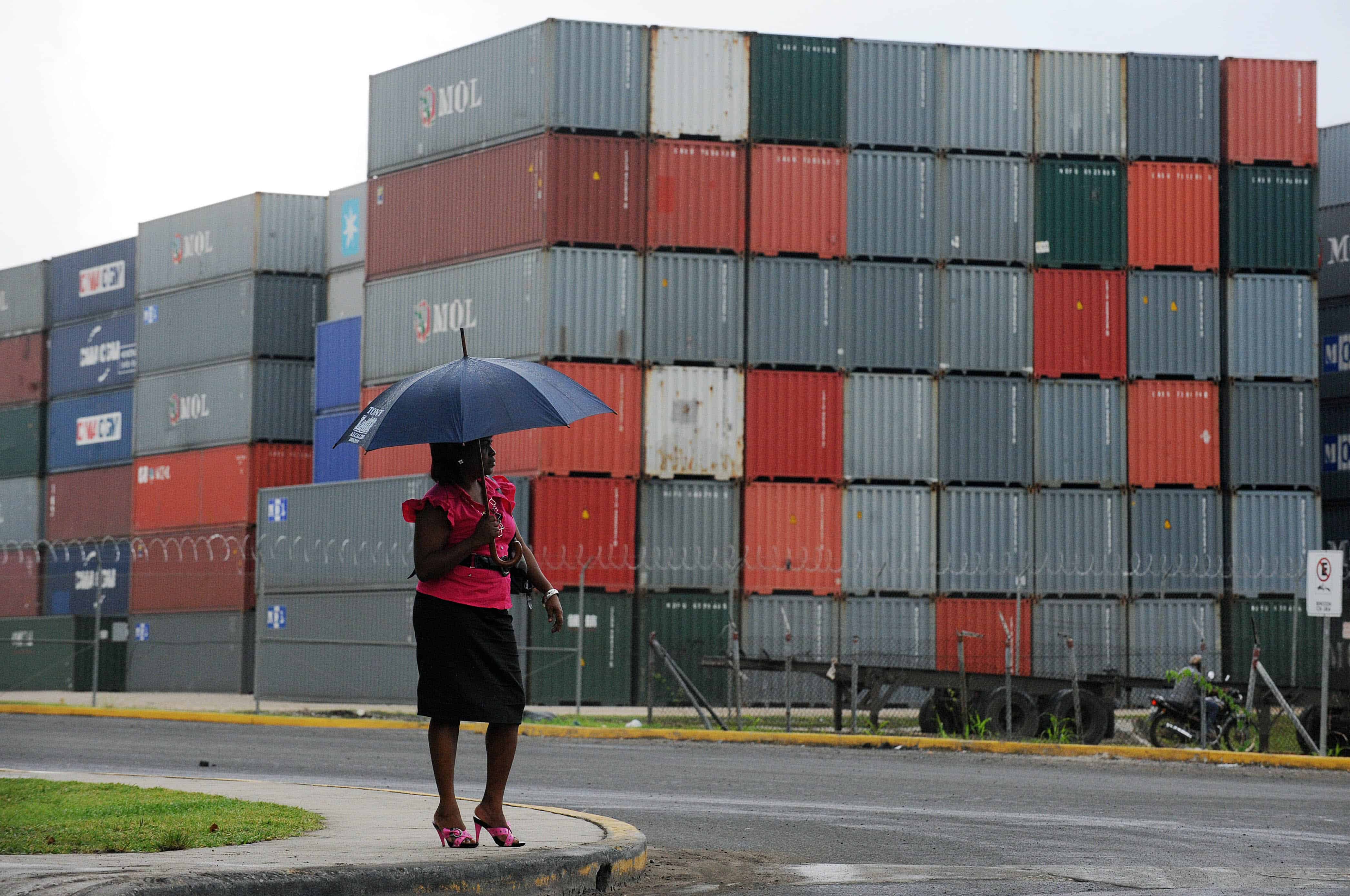The United States, under President Donald Trump, has imposed a new 10% tariff on all imports, including goods from Costa Rica, effective April 5, 2025. Announced on April 2 as part of Trump’s “Liberation Day” trade policy, the measure aims to address perceived global trade imbalances but has sparked concern in Costa Rica about its economic fallout.
The tariff, applied universally to U.S. imports, places Costa Rica among nations facing a baseline 10% rate—lower than the 34% levied on China or 46% on Vietnam but still significant for an economy reliant on the U.S. for 47% of its exports, including coffee, pineapples, and medical devices. Economists and trade leaders warn of potential ripple effects on prices, exchange rates, and growth, though opinions differ on the severity.
Gerardo Corrales, an economist, predicts a modest uptick in the exchange rate due to a reduced dollar inflow from exports. “The impact will be minimal,” he said. “The supply of dollars won’t drop enough to erase the country’s excess, so we’re not expecting a sharp shift.” Analyst Daniel Suchar agrees the effect may be limited, noting Costa Rica’s tariff is milder compared to others. “The 10% rate is small relative to what other countries face,” he explained.
However, José Luis Arce of FCS Capital foresees a darker scenario. “A generalized 10% tariff could push us into negative growth,” he warned. “If U.S. growth slows under these policies, our own economy will feel the drag.” This concern echoes global fears of higher U.S. consumer prices and a possible recession, which could dampen demand for Costa Rican goods.
Rodney Salazar, president of the Costa Rican Chamber of Foreign Trade (CRECEX), urged calm among businesses. “This could temporarily dent our competitiveness in the U.S. market, but we must avoid rash moves that disrupt supply chains or trade agreements,” he said. The Ministry of Foreign Trade has vowed to engage U.S. officials to secure better terms, possibly leveraging the CAFTA-DR agreement, though details remain unclear.
Experts suggest Costa Rica look beyond the U.S., tapping trade pacts with the European Union, Asia, and Latin America to offset risks. “Diversifying markets is key to reducing our dependence,” Salazar added, a sentiment shared amid worries over a strong colón already hurting tourism.
As the tariffs take effect, Costa Rica’s productive sector braces for uncertainty, weighing short-term adjustments against long-term strategies to weather this shift in global trade winds.

